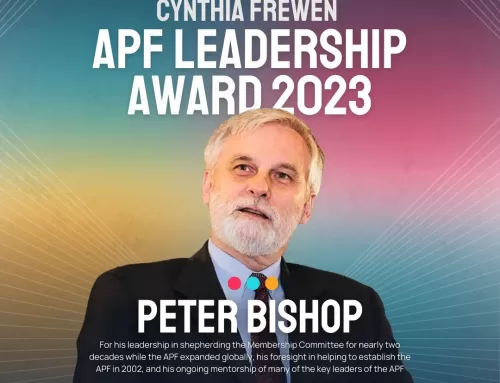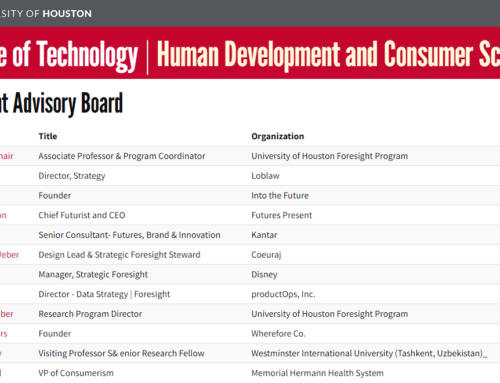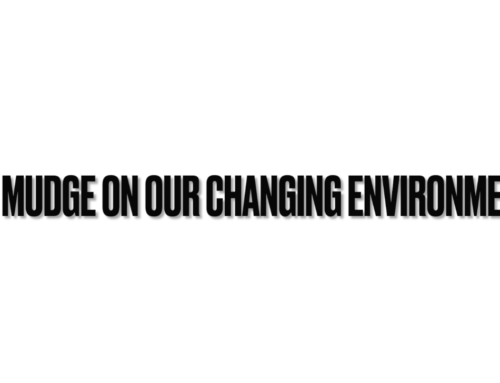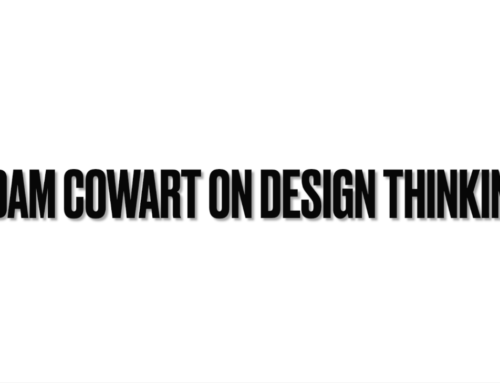 An updated second edition of Thinking about the Future is now available on Amazon. The foreseeable depletion of the original print run of the book prompted this new edition. The changes include:
An updated second edition of Thinking about the Future is now available on Amazon. The foreseeable depletion of the original print run of the book prompted this new edition. The changes include:
- Most important, our additional work on the process of using the six framework activities opened up an opportunity to provide specific “how-to” process advice to supplement the guidelines. Thus, I added a new step-by-step how-to chapter to conclude the book.
- Some of the guideline examples were getting a bit dated. All the examples of the 115 guidelines were reviewed and 55 were updated. This also add some new references.
- My friend and colleague John Smart, who inspired several folks to review the book and thus helped deplete the first edition, was adamant that I change the shape of the new edition paperback, so it is now a 6×9 instead of the original square. The cover is redesigned as well.
A bit more on the new chapter. It is designed to provide more tangible, practical, how-to advice. The first edition was not written to provide step-by-step instruction on how to do a foresight project, but rather to share key tips and wisdom from practitioners on how they went about the doing the work. The guidelines provide advice on forecasting, for example, without going into the specific methods or techniques for doing so. One could certainly infer some process tips, and I have heard from readers that were doing do. Thus, I had hoped the opportunity might present itself to address that issue by providing that piece in a new edition (and I have).
Peter Bishop and I have been working on our approach to doing and teaching how to do foresight projects for the University of Houston Foresight Program since the book was published in 2007. Peter originally developed “framework forecasting,” which went through the first three activities of the framework: framing, scanning, and forecasting. I explored and eventually identified how to extend that process through the second set of three activities: visioning, planning, and acting.
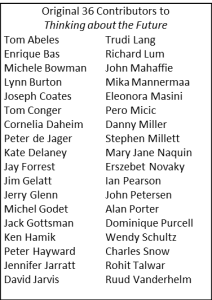 The new chapter draws up an original article Framework Foresight: Explore futures the Houston way that was published in the journalFutures. We owe thanks to the many Master’s and Certificate students who worked with us as we tried out various approaches over the years. I would also like to thank futures friends Gary Hamel, David Learned, and Will Lidwell for inspiring the original idea of the book, and Tom Conger, then of Social Technologies, for stepping in and getting the first edition published when the original publisher went out of business.
The new chapter draws up an original article Framework Foresight: Explore futures the Houston way that was published in the journalFutures. We owe thanks to the many Master’s and Certificate students who worked with us as we tried out various approaches over the years. I would also like to thank futures friends Gary Hamel, David Learned, and Will Lidwell for inspiring the original idea of the book, and Tom Conger, then of Social Technologies, for stepping in and getting the first edition published when the original publisher went out of business.
I’d also like to plug Rafal and his team at Formatting Experts – they produced both the print and e-version of the book and are amazingly attentive to detail, responsive, and diligent. They routinely did more than I asked – check out the revised index for instance – because they could not help it but to make improvements where they were needed. A really, really outstanding team and very fairly priced.
And, of course, special thanks to the original three-dozen significant contributors–and the hundreds of others who have in some way helped us to produce this work–to live on as a useful reference guide to futurists and those interested in thinking about the future.
